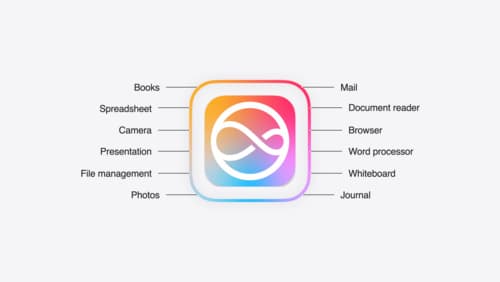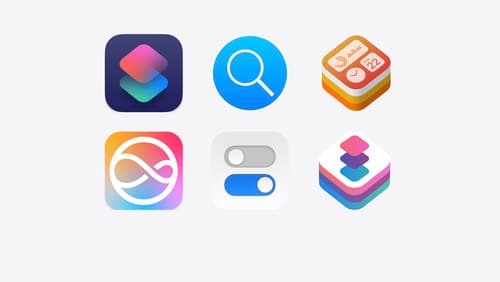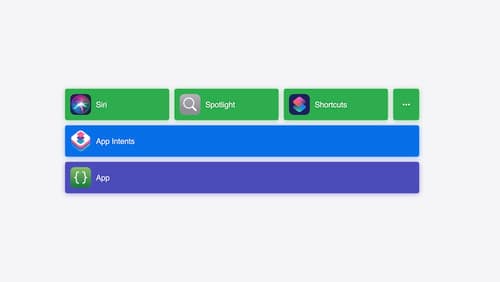How do I use frameworks for structuring my app?
Asked on 2024-08-01
1 search
To structure your app using frameworks, you can leverage several tools and frameworks provided by Apple. Here are some key points and sessions that can help you:
-
SwiftUI:
- Declarative Structure: SwiftUI is built on a foundation of declarative, compositional, and state-driven views. This allows you to define your app's UI in a clear and concise manner.
- Interoperability: SwiftUI can interoperate with other frameworks like UIKit and AppKit, allowing you to incorporate views and view controllers from these frameworks into your SwiftUI app (SwiftUI essentials).
- Custom Experiences: SwiftUI provides low-level APIs for creating custom control styles, layouts, and even applying custom Metal shaders directly to views (SwiftUI essentials).
-
App Intents:
- Core Features Exposure: App Intents is a framework that allows you to expose your app's core features in a way that the system can understand. This is useful for integrating with Siri, Spotlight, Shortcuts, and more (Bring your app’s core features to users with App Intents).
- Framework Support: With Xcode 16, you can define app entities in a framework and reference them from your app and extension targets, which helps in modularizing your app (What’s new in App Intents).
-
Cross-Platform Development:
- SwiftUI for Multiple Platforms: SwiftUI's capabilities extend to any Apple platform, enabling you to reuse your user interface code across iOS, macOS, tvOS, and more (SwiftUI essentials).
- Migrating TVML Apps: If you have a TVML app, you can migrate it to SwiftUI to share code with your iPhone, iPad, Mac, and Apple Vision Pro apps (Migrate your TVML app to SwiftUI).
Relevant Sessions:
- SwiftUI essentials
- What’s new in App Intents
- Bring your app’s core features to users with App Intents
- Migrate your TVML app to SwiftUI
These sessions provide a comprehensive overview of how to use various frameworks to structure and enhance your app.

Bring your app to Siri
Learn how to use App Intents to expose your app’s functionality to Siri. Understand which intents are already available for your use, and how to create custom intents to integrate actions from your app into the system. We’ll also cover what metadata to provide, making your entities searchable via Spotlight, annotating onscreen references, and much more.

What’s new in App Intents
Learn about improvements and all-new features with App Intents, and discover how this framework can help you expose your app’s functionality to Siri, Spotlight, Shortcuts, and more. We’ll show you how to make your entities more meaningful to the platform with the Transferable API, File Representations, new IntentFile APIs, and Spotlight Indexing, opening up powerful functionality in Siri and the Shortcuts app. Empower your intents to take people deep into your app with URL Representable Entities. Explore new techniques to model your entities and intents with new APIs for error handling and union values.

Bring your app’s core features to users with App Intents
Learn the principles of the App Intents framework, like intents, entities, and queries, and how you can harness them to expose your app’s most important functionality right where people need it most. Find out how to build deep integration between your app and the many system features built on top of App Intents, including Siri, controls and widgets, Apple Pencil, Shortcuts, the Action button, and more. Get tips on how to build your App Intents integrations efficiently to create the best experiences in every surface while still sharing code and core functionality.
